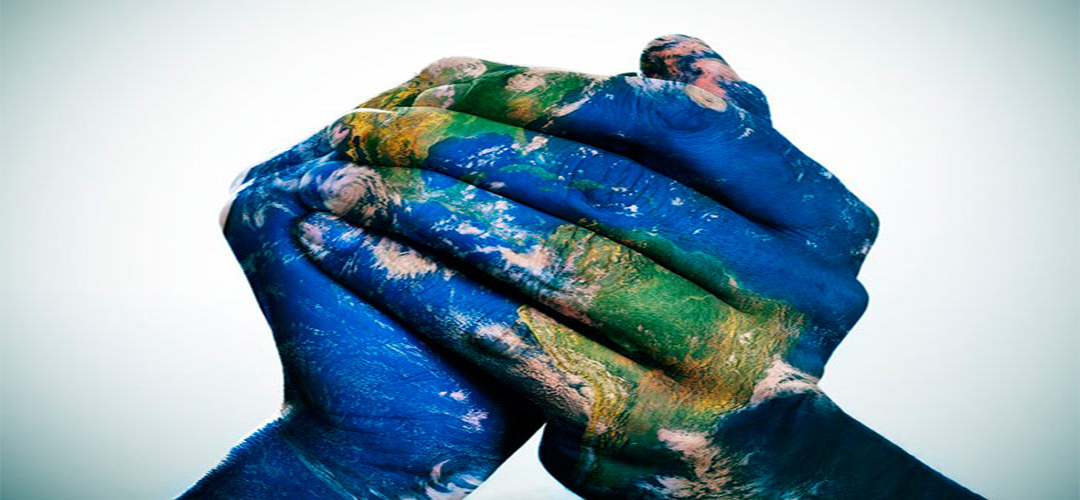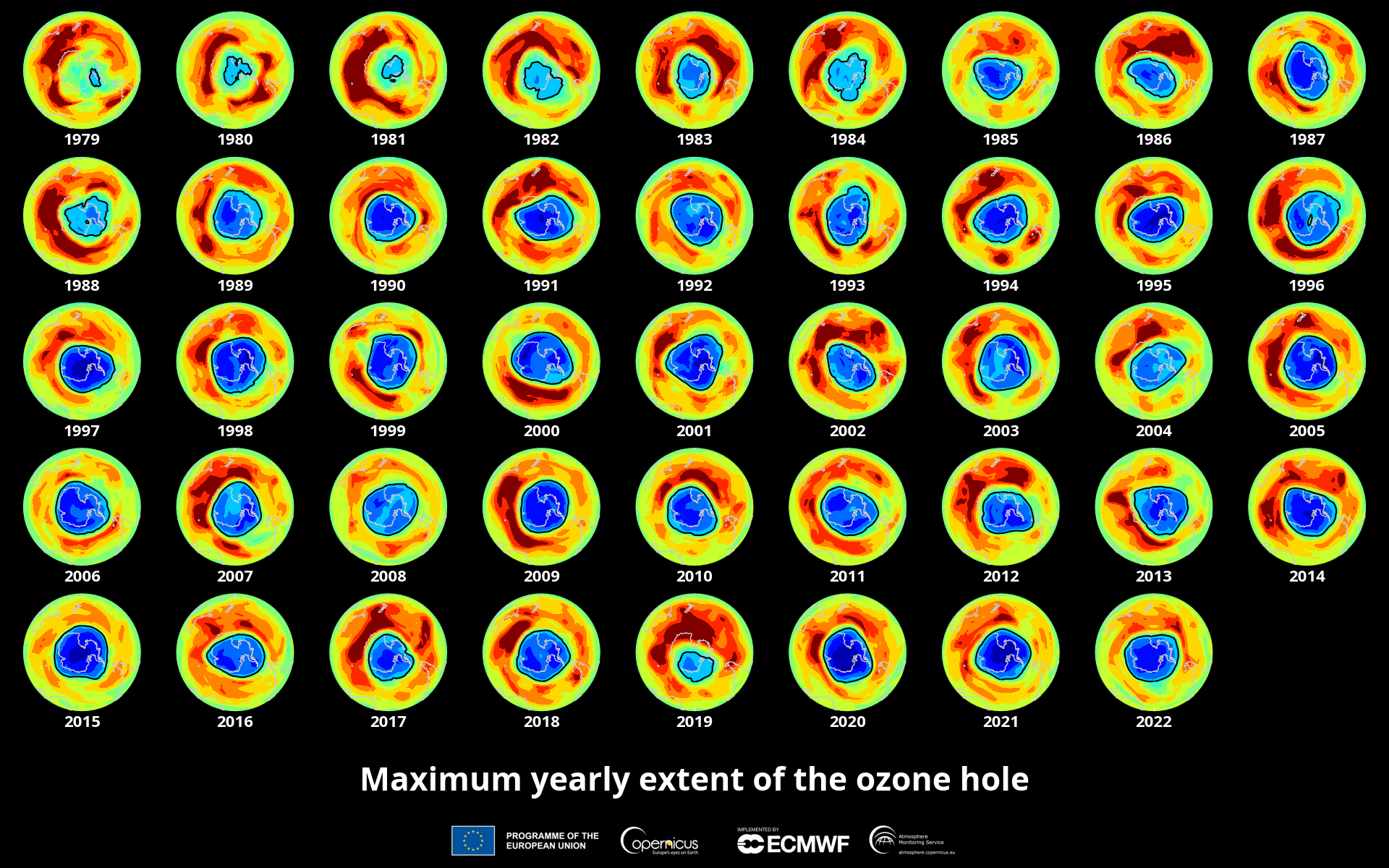A Ray of Hope From Above!
January 14, 2023 | Expert Insights

At long last, a glimmer of light in the environment front; the Earth's protective ozone layer is on a path to recovery, closing an ozone hole identified in the 1980s. The good news is that the ozone layer, a region in the atmosphere between 9 and 18 miles high that absorbs ultraviolet rays, is on track to replenish and will be entirely restored in another 40 years.
A joint study by the United Nations Environment Program and the World Meteorological Organization has found that the ozone layer has significantly thickened. The ozone layer is now anticipated to return to 1980 levels by roughly 2066 over the Antarctic, by 2045 over the Arctic, and by 2040 for the rest of the world.
Background
Science is where the narrative of the unceasing fight to preserve the ozone layer begins.
Scientists warned about the ozone layer's depletion in the middle of the 1970s. This drop was significantly more severe over the South Pole, which was later connected to the peculiar meteorological conditions that prevailed over Antarctica, including temperature, pressure, wind speed, and wind direction. The ozone hole above Antarctica is at its largest in September, October, and November. By the middle of the 1980s, scientists had discovered that industrial chemicals containing chlorine, bromine, or fluorine were the primary contributor to ozone depletion.
They were unaware of the scope of the issue at the time. However, a hole in the ozone layer over Antarctica was identified in 1985. The natural solar screen that shields the planet from excessive UV radiation and safeguards people, plants, animals, and ecosystems has been breached. Suddenly, a future marred by skin cancer, cataracts, failing plants and crops, and ruined ecosystems appeared. Without the ozone layer's protection, the sun's radiation would render it impossible for life to flourish on Earth, much as UV lights eliminate virus infections.
Time was limited, and the world heeded the warning from scientists. Even though ozone-depleting substances (ODS) are the main culprit for significant ozone layer alterations, three major greenhouse gases—CH4, N2O, and CO2—also impact the stratospheric dynamics and the ozone layer. These gases, which have increased over the industrial age and are continuously rising, have an even more significant impact on ozone patterns in the stratosphere.
Nations adopted the Vienna Convention for the Protection of the Ozone Layer in 1985. It created the framework for the Montreal Protocol to phase out ozone-depleting compounds, such as chlorofluorocarbons (CFCs). The Protocol went into effect in 1989, and by 2008, every nation had ratified it, making it the very first and only UN environmental pact to do so.

Analysis
The outcomes are striking. The protective layer above the Earth is being renewed, and ozone-depleting compounds have been phased out to about 99 per cent resulting in an estimated two million people being prevented from developing skin cancer yearly.
The 1987 Montreal Protocol forbids the production and use of chemicals that deplete ozone when they come into contact with it in the atmosphere. It primarily refers to the group of substances known as chlorofluorocarbons, or CFCs, which are used in aerosol cans, air conditioners, and freezers. Further, the Montreal Protocol was modified in 2016 to broaden its scope to include hydrofluorocarbons (HFCs), which have taken the role of CFCs in industrial use. By 2050, the Kigali Amendment to the Montreal Protocol aims to completely phase out 80–90 per cent of the HFCs now in use. According to an analysis, adhering to the Montreal Protocol would prevent global warming by 2050 by 0.5 to 1 degree Celsius.
However, there are few comparisons between removing ODSs and reducing greenhouse gases. Fossil fuels present a different situation. The release of carbon dioxide and energy use are intricately related, and carbon dioxide emissions are a by-product of almost all economic activity. Currently, even so-called renewable energies like solar and wind have significant carbon footprints due to the use of fossil fuels in their production, transportation, and service. Without question, combating climate change is a much more challenging and complicated issue than doing so with ozone depletion.
A progressive expansion of the hole in the ozone layer between 2019 and 2021 was highlighted and was attributed to climate parameters like the Australian bushfires. Notably, the recent decrease in levels of the chemical CFC-11, which was linked to China and detected at higher-than-expected levels until recently, is evidence that societies may work together to solve a perplexing environmentalissue.
Assessment
- The Montreal Protocol is a strong example of multilateralism in action. It serves as a reminder that when we want, we can be successful in cooperating for the common good in the face of the global issues, including conflicts, increasing poverty, widening inequality, and the emergency of climate change.
- The stratospheric chlorine and bromine levels humans produce are just one factor affecting the ozone layer's future condition. It will also be impacted to some extent by the Earth's changing temperature and the shifting atmospheric abundances of many other human-influenced elements, including methane, nitrous oxide, and sulphate particles. These have to be tackled concurrently.








Comments